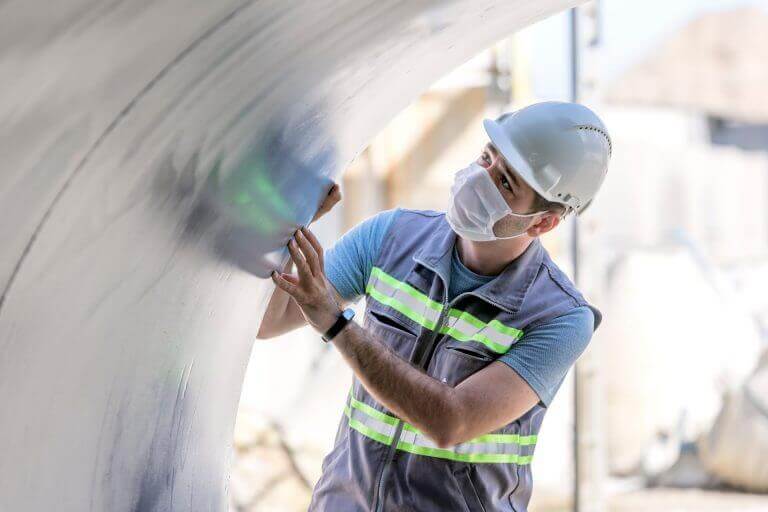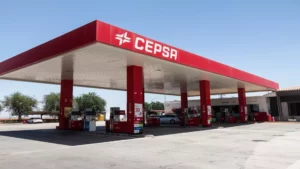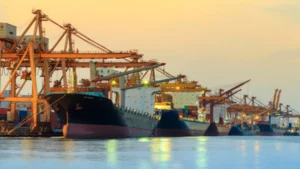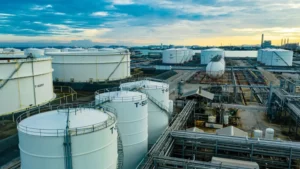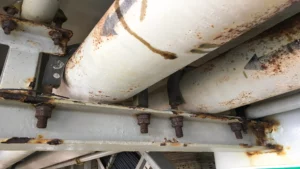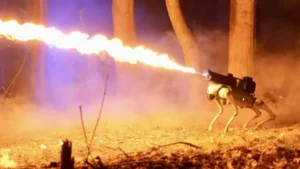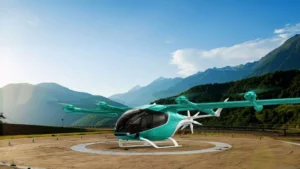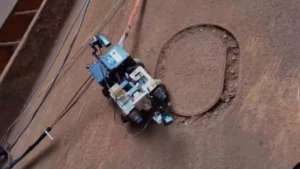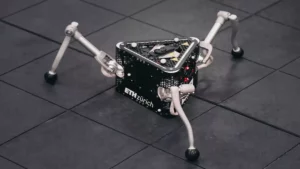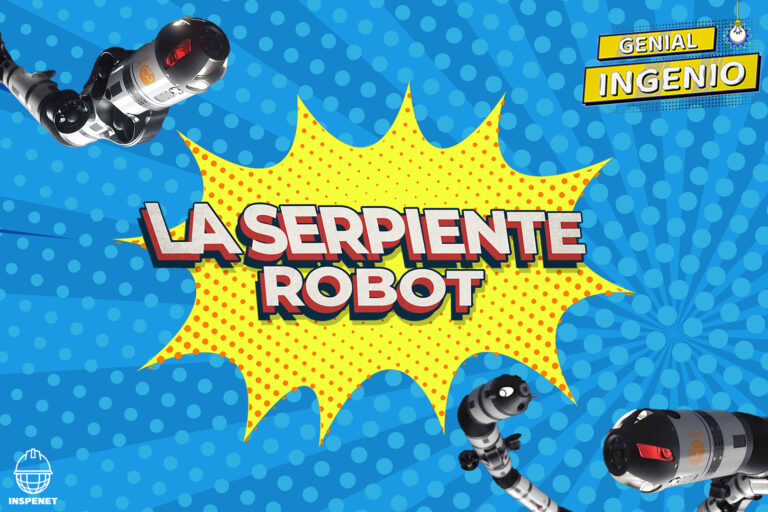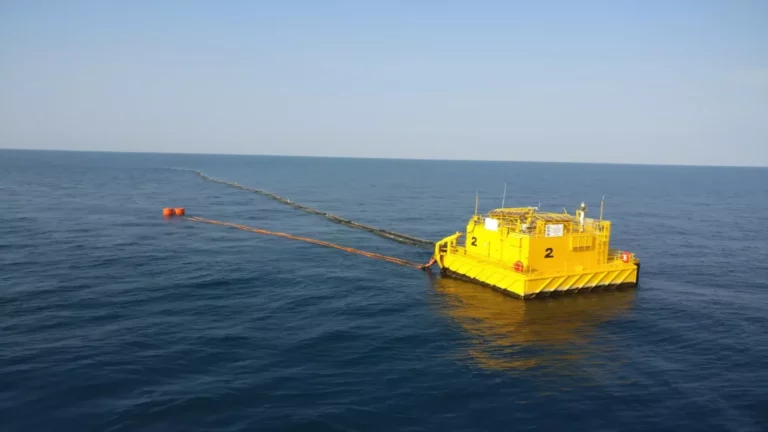Author: Simón Petit, TSU in General Mechanics , November 9, 2021
It is assured and very particularly I confirm it; that visual inspection as the first step is the most important of all evaluations, trying to identify possible problems with the naked eye during the inspection of industrial equipment; which will depend on the criteria to be applied thanks to the knowledge, ability and accumulated experience.
Certainly, for the field inspector, depending on the responsibility assigned in the planned schedule, upon arrival at the site where the work is carried out, he will corroborate that only with a visit to the field does he briefly notice what the intensity of the work may be.
Now then: in the visual inspection, the observations and calls that the inspector makes are not arbitrary, capricious and much less improvised. It is important to highlight that before any intervention, the inspector has the duty to find out about the historical background of the service of the equipment to be inspected, for example: we are assigned to inspect the laying of lines in a piperack of an Alkylation Plant that is exposed to acid vapors and whose corrosion is generated by the marine environment and other corrosive agents. There, the inspector, in addition to visualizing any trace of humidity, any problem due to external corrosion in a critical line, the smutting or change of color in the lines of greatest attention, the insulation or any other element that presents a condition not consonant with the design original part of the run, such as: a bracket off its rest beam or an uncalibrated hanger spring, the inspector should also be on the lookout for any emergency repairs that were made underway and not recorded.
In this context and referring to the phrase The hare escapes the best hunter! As a line inspector at a distillation plant shutdown, the procedure was carried out as required by the protocol, a tour of the entire plant with the recommendations of the installation of the facilities for the END and the replacement of the evident damages and even, it was approved to replace a few meters of pipes to improve not only the service, but also to extend the useful life of some sectors of the plant in which traditionally they have problems of external corrosion and obstruction of the lines.
Finally, at the time of handing over the plant to operations, a distiller operator approached who asked about the replacement of the 1 ½” Ø naphtha line, which has a clamp under the landing of an access ladder to the fractionator. secondary . I must confess that I felt like that runner who is caught off base and at that moment doesn’t know whether to continue to the other base or turn back and see how he successfully reaches any base without being put out. I immediately went with it and indeed, the staple was there, almost invisible, due to the uniformity of the paint throughout the line.
Upon noticing the error, I immediately reported what had happened to the maintenance and inspection section. Fortunately, we had gained a few hours and the replacement would not affect the record we had for the start. From that moment on, I vowed never to get too confident and let go of these hazing-looking mistakes on the field. An error can cost what we least imagine, from millions of material losses to human lives, which seen objectively morally and ethically have an incalculable cost. For this reason, I recommend every day, training the vigilant eye for distance and near visual acuity, reviewing over and over again the history of failures, even having previous conversations with the custodians of the area and always remembering that, in our responsibilities, God is in everywhere; but the devil is in the details.
Own source.
| Author: Simon Petit, TSU in General Mechanics. With more than 35 years of experience in Mechanical Integrity and Asset Reliability, Quality Control and Inspection of equipment for the oil industry. |



